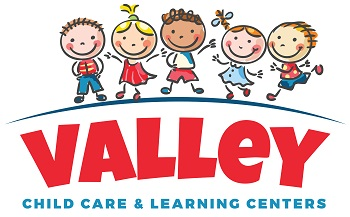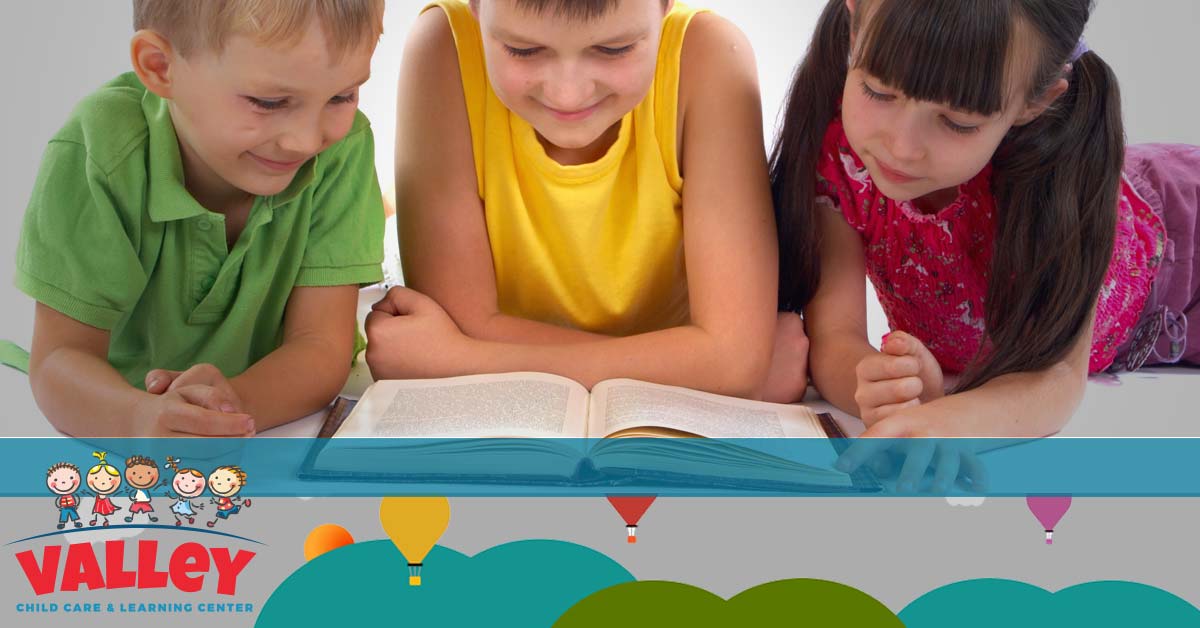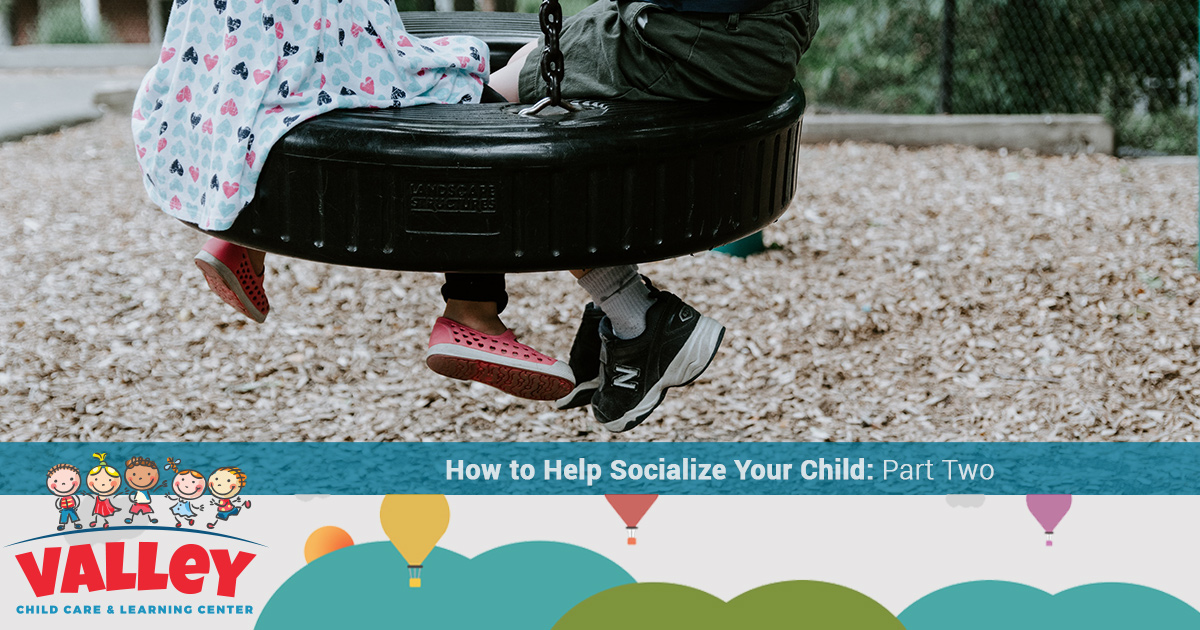When it comes time for your child to begin his or her journey in early education and development, reading and reading levels are one of the fundamental items necessary for determining the best path. Whether your child is a little behind or way ahead of the curve when it comes to their grasp of books and other written mediums, it is a critical skill to develop early and practice often. When you are preparing to enroll your youngster in one of Valley Learning Center’s daycare or preschool program, knowing where your child stands prior to starting can be critical in ensuring he or she gets the most out of the early childhood development program. How, then, would you go about determining your child’s reading level? Well, you’re in luck. Today, Valley Learning Centers has a few quick and easy tips to help you assess where your child is at in terms of his or her reading and early education. This will not only help them with their development, but will also help our team know the best way to help your child flourish and thrive. Call us when you’re ready to enroll and set your child down the right path at Valley Learning Centers!
 Do Reading Levels Matter?
Do Reading Levels Matter?
A question you might find yourself asking is if reading levels really matter. Maybe you, as a parent, don’t recall ever having looked at reading levels or abiding by them when buying books or checking something out at the library when you were younger. While this is surely a thought that has crossed your mind, reading levels are important. They are more helpful in the early education stages, though, in order to set a good baseline for your youngster. Reading levels are also a generality, giving parents and kids alike a quick idea of what sort of books are in your child’s interest, as well as what may pique their interest without making them frustrated because they stumble over some words meant for older kids. They also make great benchmarks for progress. If you notice your youngster is ahead of his or her level, telling this to the preschool teacher can help the staff know what students are ready for some bigger challenges.
How Reading Levels Work
In today’s writing landscape, the way readability is assessed can baffle almost anyone, and the scores of some famous works may surprise you even more! However, for our purposes, we want to boil it down to its most basic terms so you know what is involved. The most common method used to determine readability is the Flesch Reading Ease test. This test incorporates average sentence length, as well as the number of syllables per word. These factors translate to the Flesch-Kincaid Grade Level test. This uses both the syllable and sentence length, does some multiplication with decimals, and comes out with a score based on United States school grades. The higher it goes, the more education is (supposedly) required to read and comprehend the piece.
Testing Reading Levels
When it comes to discovering where your child is in terms of reading level and capability, there are several methods you can use to find out. Some are relatively straightforward, while others may require a bit of footwork. Some common methods for testing and assessing a child’s reading level in their early education include:
- Reading different books: this may seem too easy, but picking books that are in or around your child’s determined reading level can give you a good understanding. Sometimes they are broken up by ages rather than grades for the youngsters, so using books that are around their age group and maybe a bit more advanced can help in deciding where your child truly is.
- Tests: There are standardized tests a child can take, similar to the ones he or she will encounter during school, that can give a general idea of where your kiddo stands in early stages of reading and comprehension.
- Scales: There are several scales that give parents an idea as to where their children are. From Reading Recovery to DRA and Basal Equivalent, these tables and scales are essentially correlation charts to give parents a general idea of a reading level that can help you move across platforms and learning resources.
- Reading resources: there are several resources that utilize passages and reading material specifically designed to assess their skills. Given the outcome of using these resources as pieces of a longer assessment, items like Benchmark Passages can give parents an easy and structured way to identify a child’s reading level and readiness.
While these are just a few ways to determine a child’s reading level, these are not necessarily the be-all and end-all for their reading comprehension. Sometimes a child may be uncomfortable if he or she realizes what is going on or that they are being tested, creating less than accurate results. Simply encouraging your children to read is a good way to see where they are and ensure they persevere, even if they are struggling.
Early learning and preschool education are crucial benchmarks in a child’s life. These years will set precedent for the years of learning yet to come. If you are looking for an environment that will not only help your child thrive, but also ensure he or she feels safe and comfortable expressing any struggles, enroll your youngster at Valley Learning Centers! With 10 locations across the Phoenix area, our preschool and child development centers are a warm atmosphere for both parents and children. Schedule a tour today and experience the difference our approach makes!


 Do Reading Levels Matter?
Do Reading Levels Matter?



